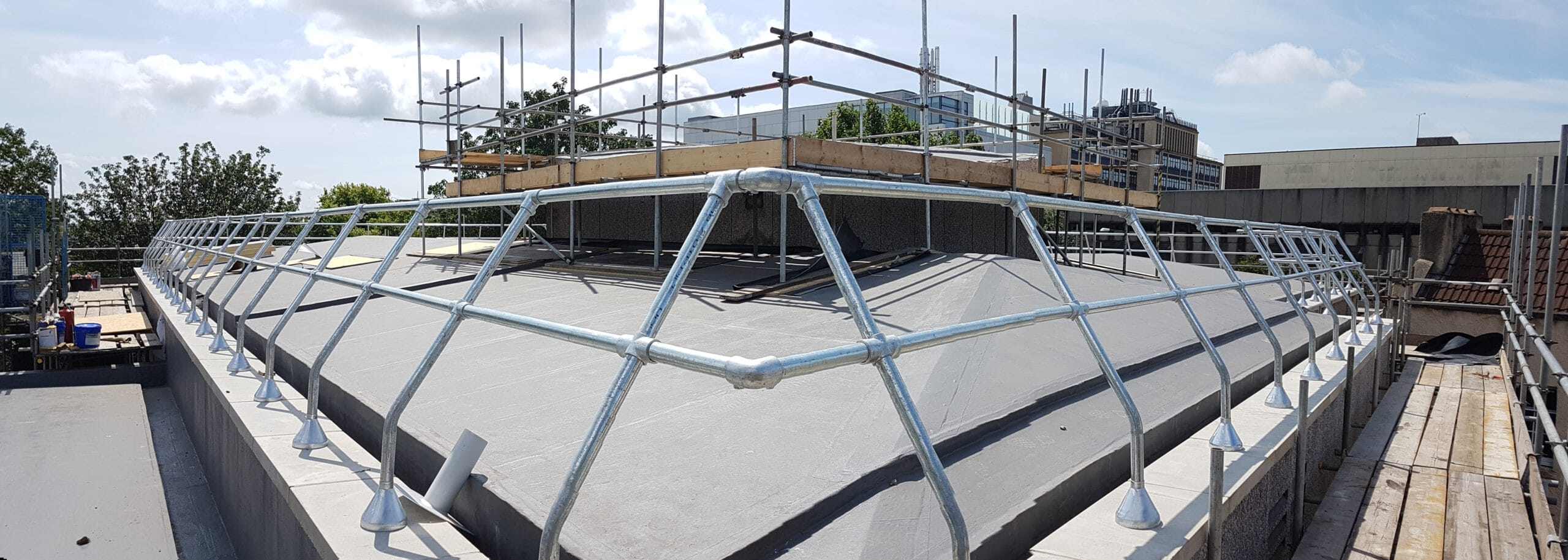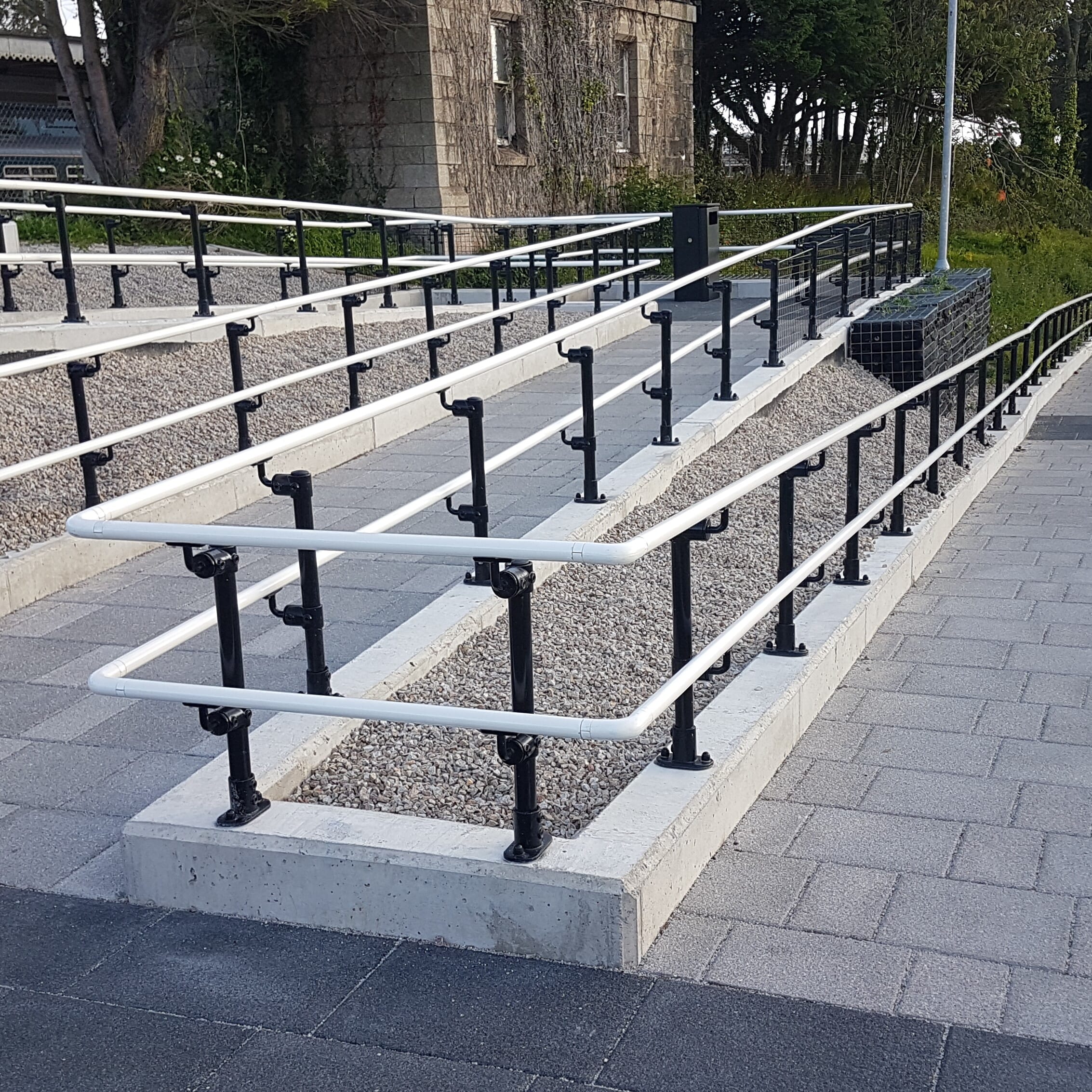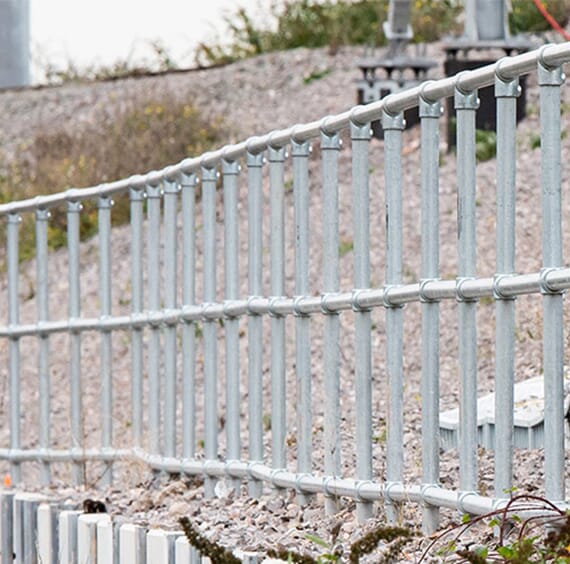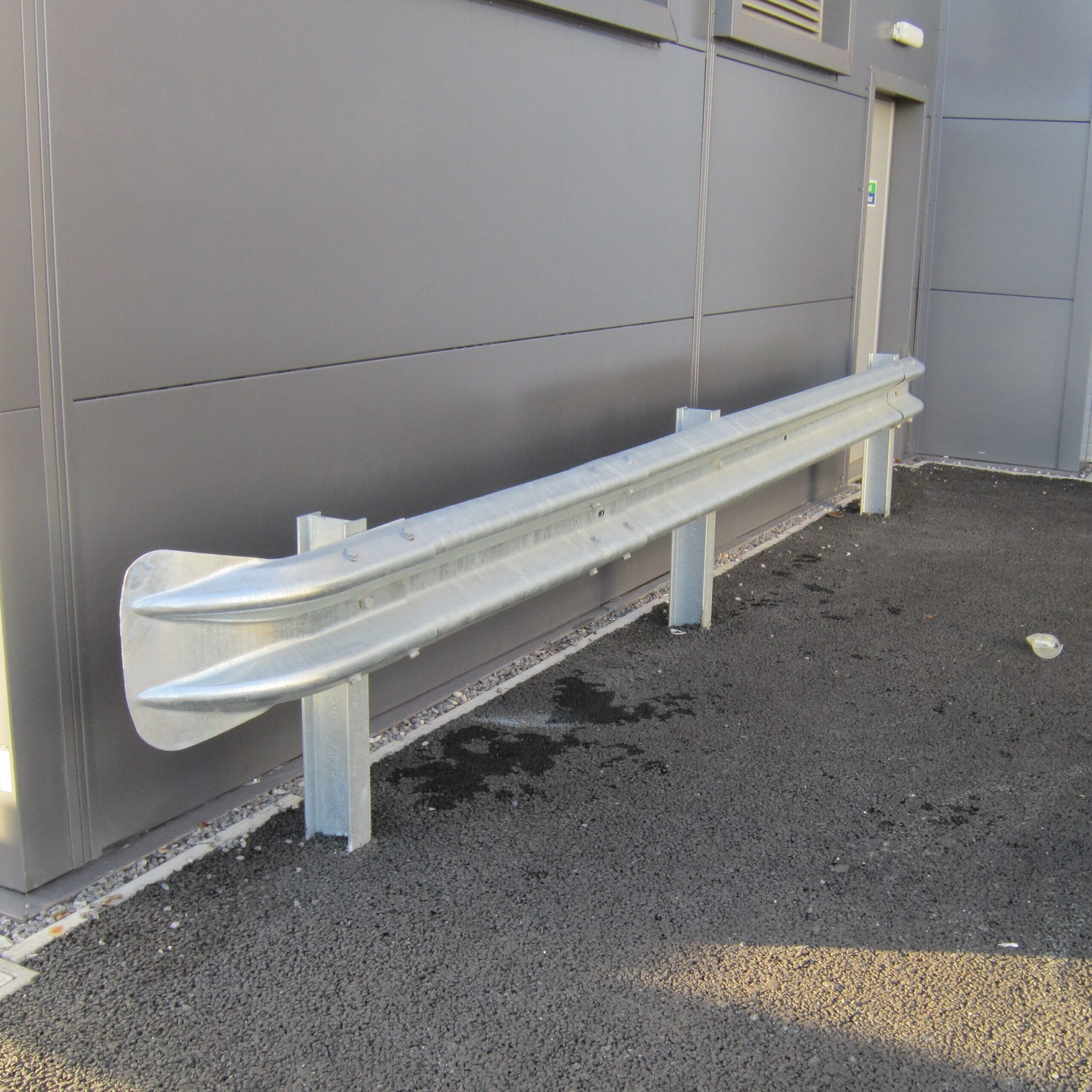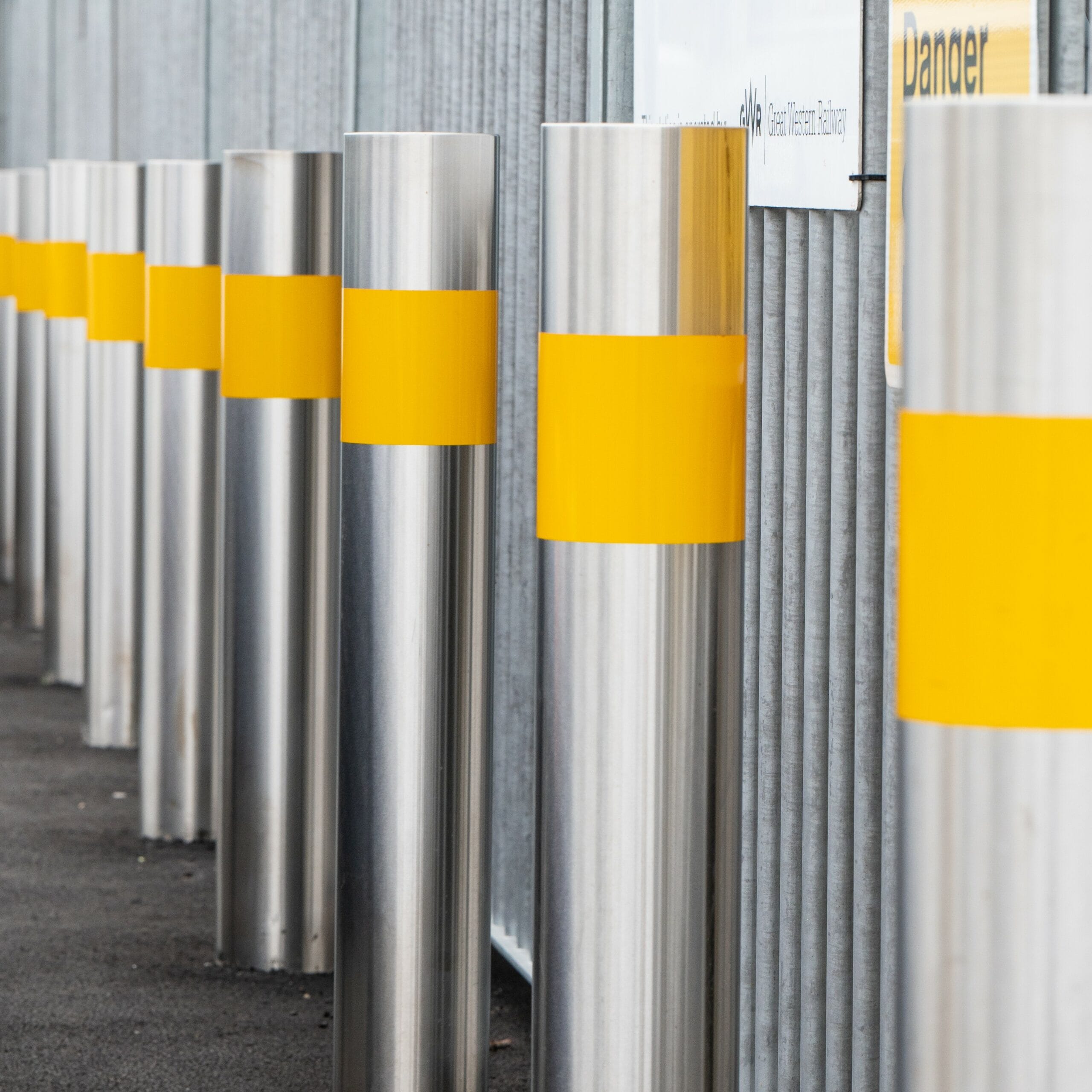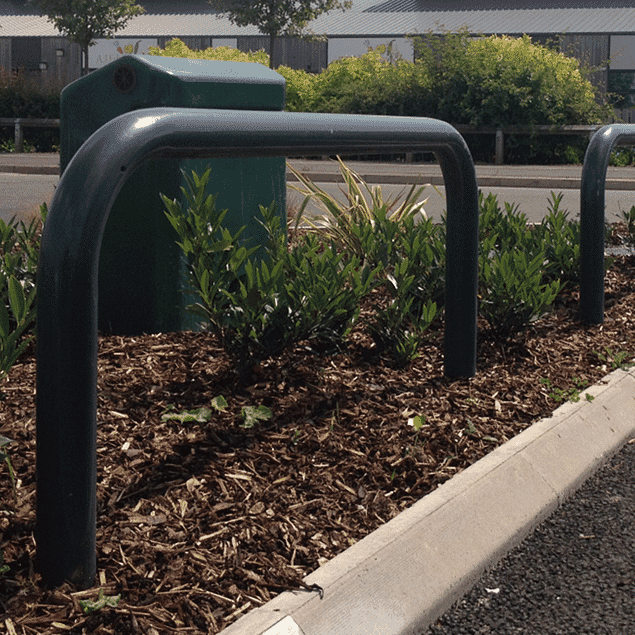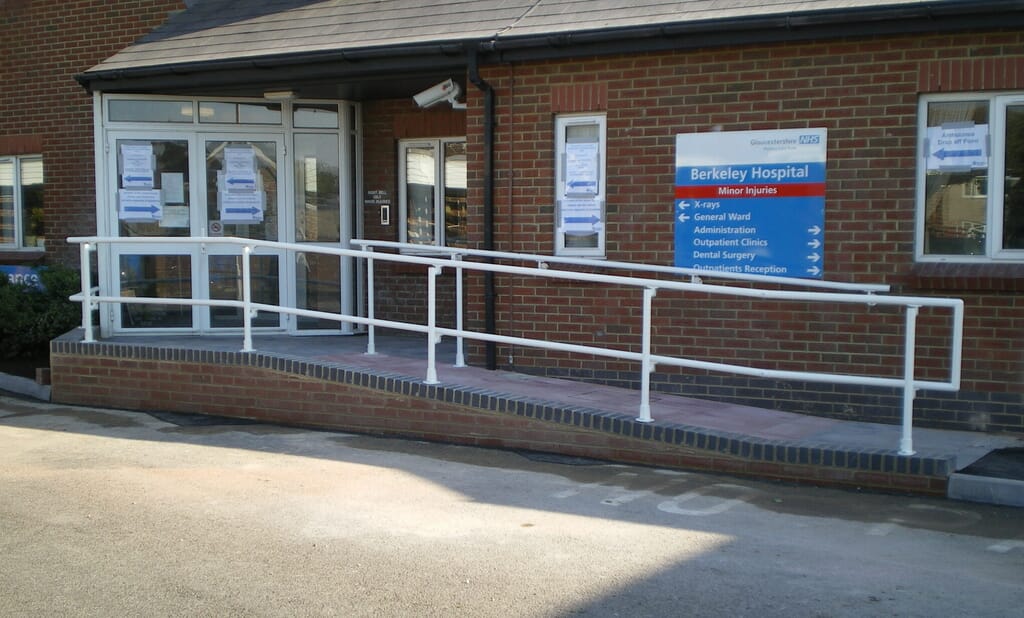
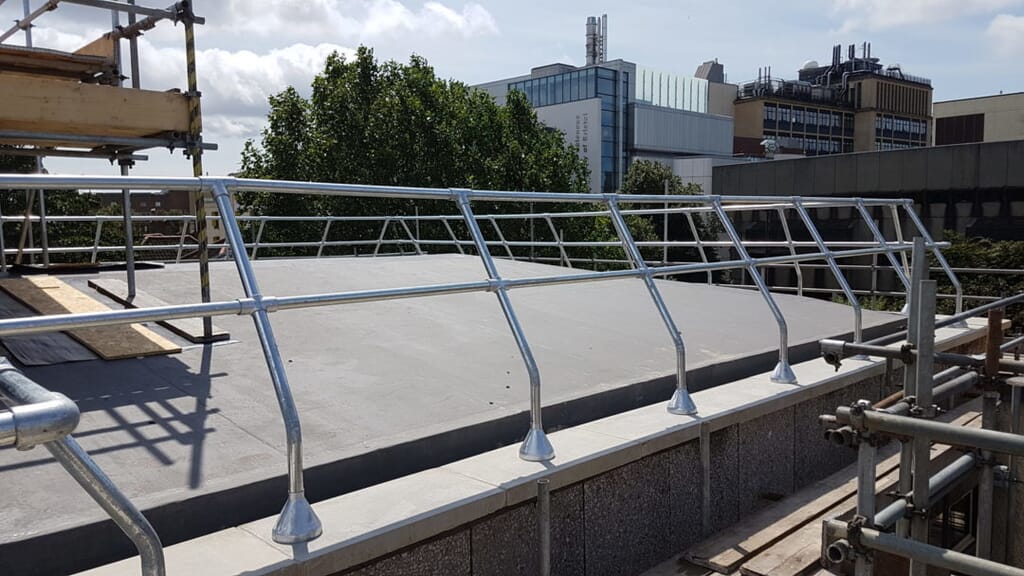
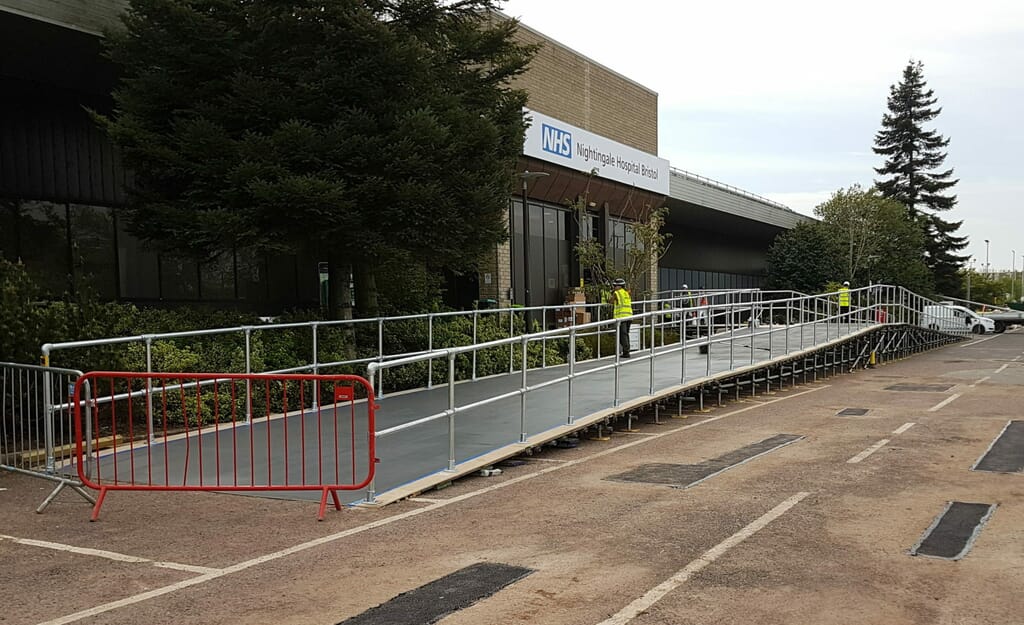
Frequently asked questions
-
What products do you offer for the healthcare industry?
Ezi Klamp provides a variety of safety solutions including DDA handrails, roof edge protection systems, and vehicle crash barrier systems tailored to meet the specific needs of the healthcare industry.
-
What are DDA regulations?
The Disability Discrimination Act (DDA) is designed to eliminate discrimination against disabled individuals. This law serves as the backbone for creating inclusive public spaces, ensuring that everyone, regardless of physical or sensory limitations, has equal access to essential facilities.
While the DDA covers a broad spectrum of accessibility features, it emphasises architectural elements that people interact with most frequently. This includes ramps for wheelchair access, lifts with audio and tactile qualities for those with visual or auditory impairments, and handrails.
-
Is DDA warm to touch?
No.
DDA requirements state that handrails and balustrades should be ‘Not-cold-to-touch’. This requirement is satisfied by our polyester powder coating service.
-
What colour do DDA handrails come in?
Our DDA handrails are available in a variety of RAL colours to meet aesthetic and safety visibility requirements. It is important to remember that all DDA handrails are in high contrast to their surrounding areas to help improve their visibility in low light and to those with visual impairments.
-
What does 'not cold to the touch' mean in terms of handrails?
Handrails that are ‘not cold to the touch’ are coated or made from materials that do not feel cold, improving comfort and grip in colder conditions.
-
What is the height of a handrail on a wheelchair ramp?
The typical height for a handrail on a wheelchair ramp is between 900mm and 1000mm from the ramp surface to ensure usability and safety for wheelchair users.

